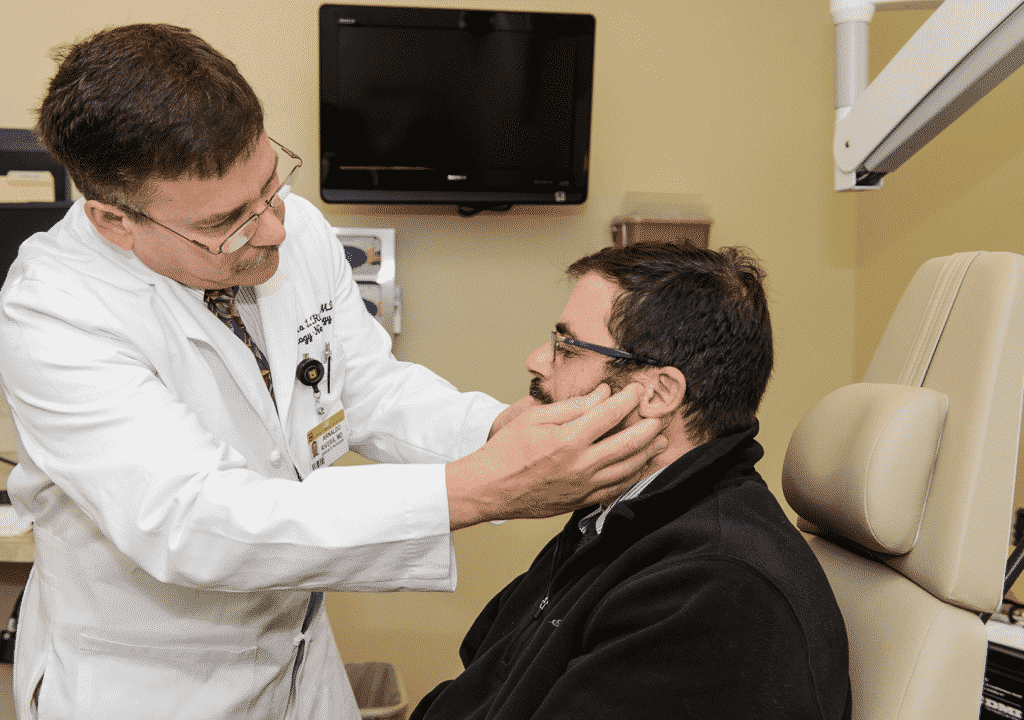Patients with acute to severe deafness can benefit from cochlear implants, which are surgically implanted hearing aids. The implant includes both an internal and external sensor. In addition, children and teens with severe to moderate loss of hearing can be transplanted as young as one year of age if they are correctly diagnosed.
Patients who are unable to benefit from hearing devices are given cochlear implants. A cochlear implant is a gadget that transforms sound into electrical signals that can immediately excite the hearing nerve, bypassing the impaired organ of listening. An external part of the implant is worn on the ear, similar to a cochlear implant or the body.
Cochlear Implants’ Working
Cochlear implants are utilized when the ear’s structure is destroyed enough to hear audio signals while hearing devices work by enhancing sound signals. If the vibrating hairs of the cochleate are wounded or inflamed, they lose their ability to deliver sound signals to the brain for interpretation.
Cochlear transplants ensure that auditory signals from the outside environment get the brain by circumventing the impaired region of the ear:
- An external mic is included with each cochlear device, which catches sound and transforms it into a signal.
- Electronic signals carry the transformed digital signal through the inner ear.
- These impulses are translated into audio once they enter the brain, enabling them to listen more accurately.
What Are the Advantages of a Cochlear Implant?
A deaf person can hear with the use of a cochlear implant. Although hearing via an implant sounds different from natural hearing, it helps several people interact correctly in person and on the telephone.
A severe to acute deafness affects one out of every 1000 children. Loss of hearing of this extent, especially at such a young age, has a considerable negative impact on cognitive development. Because a youngster learns very much about the world by hearing, a cochlear device can boost a youngster’s capacity to learn to express significantly.
The vast majority of folks reap instant benefits. They will keep improving for roughly three months after the initial tweaking sessions are finished. Productivity will continue to increase after then, though at a slower pace.
The ability to distinguish between loud, moderate, and soft noises. The vast majority of the individuals claim to hear sounds, including footsteps, ringing doorbells, motor noises, phone ringing, teapot whistling, whispering leaves, and the sounds of a power bulb being turned on and off.
Without lip-reading, you can comprehend what’s being said. Even if that weren’t achievable, the implantation would make lip-reading easier.
The capacity to watch television more conveniently. If the listener can see the speaker’s expression, it will also help. On the other hand, listening to the radio is generally more challenging due to the lack of visual clues.
The majority of people can make a phone call. Some talented people can make regular phone calls or even comprehend a foreign speaker. However, not everyone who has an implant can use a cellphone.
